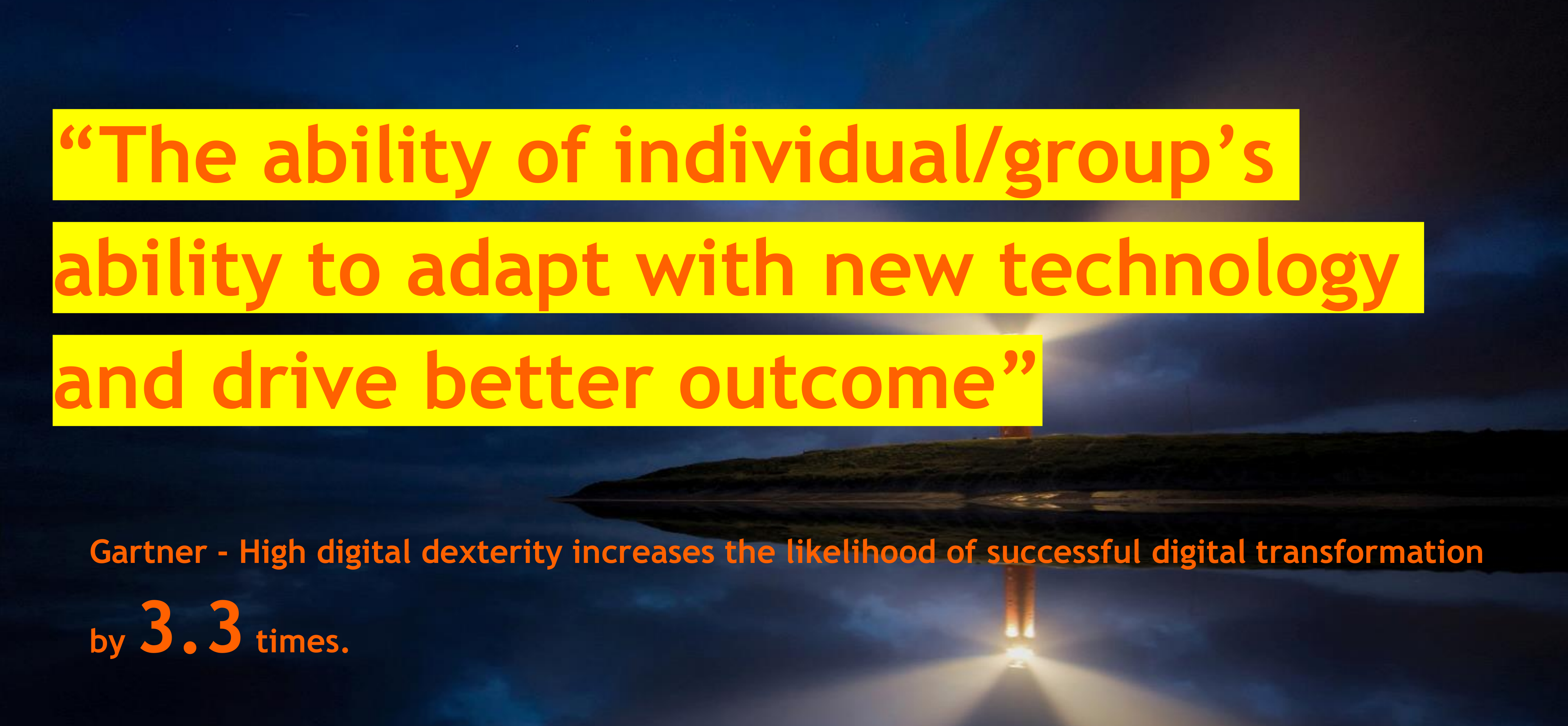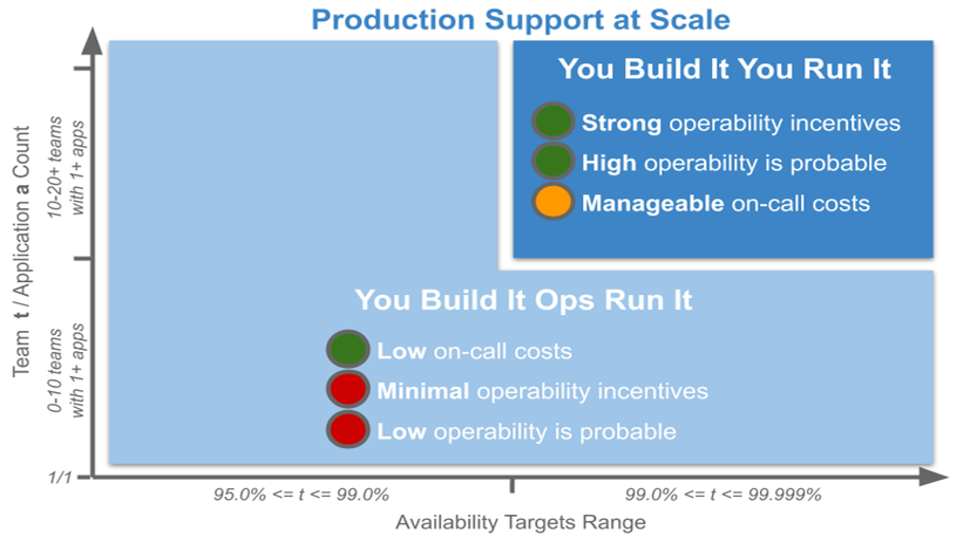Digital Dexterity: Key to DX Success
Digital Dexterity is a perfect stepping stone for businesses' digital transformation journey. Let's learn about this trend and how to improve Digital Dexterity in the technology era.
Bài viết này có phiên bản Tiếng Việt
.png)
What is Digital Dexterity?
The definition of ‘Digital Dexterity’ appeared in 2016, describing an individual or group's ability to adapt to new technology and drive better outcomes.
According to Gartner, high Digital Dexterity in an organization increases the likelihood of successful digital transformation by 3.3 times. This can be considered as a significant rate since McKinsey's 2022 report showed that up to 70% of digital transformation projects failed and did not meet their goals.

Technology is constantly evolving, which means organizations that embrace these changes will definitely dominate the game. It stands for ‘speed’ that we often mention in the new definition: It’s the fast fish which eats the slow fish.
Recently, we easily come across a lot of short videos sharing about how to take advantage of ChatGPT to make money, which impacts the way many industries work. Another example is that some universities have been very quick to change the way of teaching and learning in the era of ChatGPT, which costs as little as a cup of coffee. Those are individuals and organizations with high Digital Dexterity.
There are a lot of new technologies in the digital transformation journey, such as AI, Cloud-native, Data Lake, etc. However, PX (People Transformation) is another story when it comes as the hardest part and can be seen as a critical success factor in the whole journey. It’s nonsense to the point of ‘data-driven’ when an organization spends millions of dollars to build a new system of data and reports, but the operators still use Excel or don't take value from insights.
Besides, a new workforce called ‘citizen developers’ are rising. They are young, professional, and proficient in using low-code, no-code tools to develop essential applications, applying AI to complete tasks on a daily basis. It’s very normal for them to analyze with BI tools or communicate with real-time data. They are the digital talents who make critical success in digital transformation projects.
How to enhance business’ digital dexterity?
There are two essential factors for improving digital dexterity:
1. ADAPT DIGITAL SKILLS
In the Role-based organization model, recruitment frequently refers to a job position such as Front-end Developer, Back-end Developer. However, the skill-based organizational model, such as React Developer and Angular Developer, has supplanted the outmoded role-based organizational model in the modern world.

The advancement of technology leads to the need to equip the key resource of the enterprise rather than to change the role of the resource itself. For instance, when implementing a Data platform project, businesses need to provide employees with data analytics skills. Similarly, when implementing AI, they must train employees the ability to collaborate with AI. Otherwise, the system will fail in execution no matter how expensive it is, thus causing waste for the business. Nowadays, adapting to changes and catching up with digital skills in a short time is a challenge for training organizations inside of businesses.
As regards building flatforms, the trend of “You build it, you run it” has been around for a while. Recently, it’s normal when expert staff and technical teams building and running digital product and service systems together.

2. DRIVE BETTER OUTCOMES:
According to a Deloitte survey, after the 3rd Industrial Revolution, the role of technology has changed from being distinct from the corporate’s strategy to becoming a part of the strategy and finally becoming the strategic core of the enterprise.

As they are associated with strategic orientation, all creative and innovative efforts must actually yield business results rather than simply show off a slogan considering digital transformation a kind of trend.
Three required components for businesses to drive better outcomes:
- Shift the leadership’s perspective on how technology will become the foundation of the business model, thereby planning a transformation roadmap with clear metrics.
- The engineering team need to be aware of the industry problem and obsessed with creating new value.
- The operation team must exploit the value of the solution to produce digital outcomes.
Any missing element will cause a break in the flow, or continue to create more discrete applications and waste investment, consequently leading to lose business opportunities.
Conclusion
Digital Dexterity is the key competency for both businesses and people. The young generation has access to the most advanced technologies and is rapidly taking advantage of the digital world to establish their own identities. Undoubtedly, businesses that successfully adopt digital transformation will differentiate themselves from their sluggish rivals.